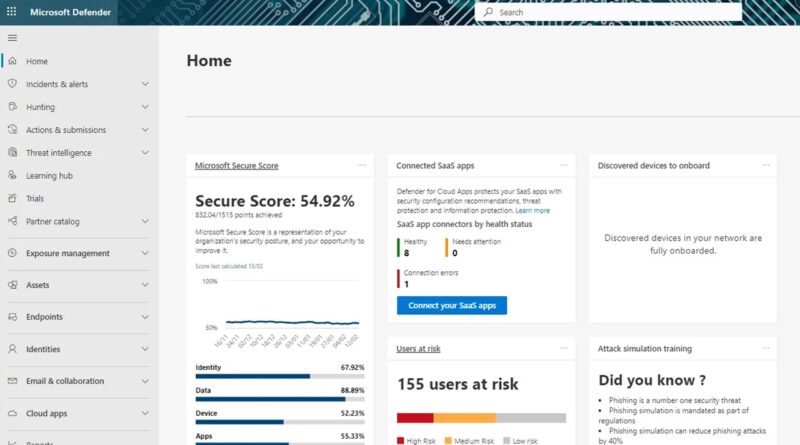Microsoft Defender XDR Error Exposes 1,700+ Corporate Documents in Public Leak
In a sobering reminder of the double-edged nature of automated cybersecurity tools, a recent incident involving Microsoft Defender XDR has resulted in the exposure of over 1,700 sensitive documents from hundreds of organizations. The breach, triggered by a critical false positive detection, underscores the compounding risks of misconfigured security systems, user behavior, and cloud-native environments.
The Sequence of Events
The issue first came to light through cybersecurity researchers at ANY.RUN, a well-known malware analysis platform. According to their report, Microsoft Defender XDR mistakenly identified legitimate Adobe Acrobat Cloud URLs—particularly those beginning with acrobat[.]adobe[.]com/id/urn:aaid:sc: – as malicious.
This error prompted thousands of users to upload these flagged documents to ANY.RUN’s sandbox service for further inspection. Here’s where the situation escalated.
Many of these uploads were conducted under ANY.RUN’s free-tier plan, which defaults to public visibility. That means the uploaded files were not only stored online but were also searchable and indexed, effectively making them available to the entire internet.
The Scope of the Leak
The result? Over 1,700 documents, many containing confidential business data, proprietary information, and potentially sensitive personal details, were inadvertently made public. These documents originated from various industries and organizations, making the breach broad and indiscriminate in impact.
ANY.RUN swiftly took action to reclassify affected sandbox sessions as private to prevent further exposure. However, they also noted that some users continued to upload sensitive files to the public sandbox, even after the warning.
Key Takeaways and Risks
The incident reveals a number of critical issues:
- Automation Isn’t Foolproof: False positives are a known challenge in threat detection. However, when detection systems misclassify trusted services, the downstream effects can be catastrophic.
- User Behavior Amplifies Risk: Uploading sensitive files to a public sandbox—knowingly or unknowingly—can turn a minor detection error into a full-scale data breach.
- Cloud Platforms Need Tighter Guardrails: The default behaviors of cloud-based tools, such as making uploaded files public, should be revisited in light of increasing data privacy expectations.
According to cybersecurity expert Florian Roth, platforms like Microsoft 365 and AWS are already prime targets for attackers due to their limited default logging and detection controls. When combined with overly sensitive detection heuristics, incidents like this are not just possible—they’re predictable.
Recommendations for Organizations
To mitigate risks stemming from similar scenarios, organizations should:
- Avoid Using Free or Public Tools for processing or scanning sensitive corporate documents.
- Report False Positives to security vendors rather than relying on third-party platforms.
- Audit Sandbox Usage Policies, especially among technical teams and incident responders.
- Educate Employees about the risks of using public tools and ensure they understand secure reporting workflows.
- Reassess Cloud Configurations and privacy settings across platforms used for document sharing or threat analysis.
Final Thoughts
This incident serves as a stark warning: even trusted security tools can cause harm when misconfigured or misinterpreted. Automation should assist, not replace, informed human judgment. Organizations must strike a balance between rapid detection and reliable validation, ensuring that security workflows do not become attack surfaces in themselves.
As the cybersecurity community continues to grapple with increasingly sophisticated threats, vigilance in configuration, reporting, and user education remains paramount. False positives may be inevitable—but their fallout doesn’t have to be.



